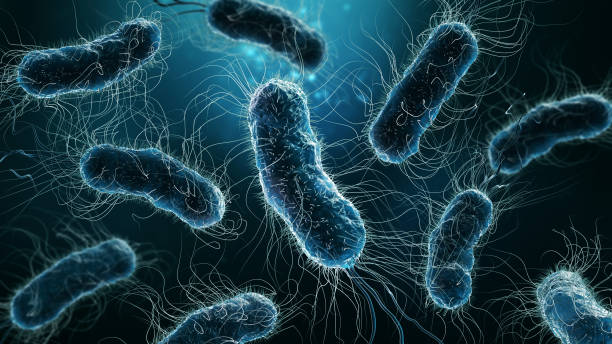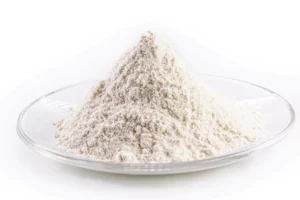
Bacteria are remarkable organisms that have evolved various mechanisms to interact with their environment and hosts. Among these mechanisms, type 1 and P fimbriae represent crucial components in the arsenal of many bacterial species. Fimbriae are surface appendages that play a pivotal role in bacterial adhesion, biofilm formation, and host colonization.
Structure of Type 1 Fimbriae:
Type 1 fimbriae are filamentous structures that protrude from the surface of certain Gram-negative bacteria. These structures are composed of a protein called FimA, which forms the fimbrial shaft, and FimF, FimG, and FimH, which contribute to the adhesion properties of the fimbriae. FimH, located at the tip of the fimbriae, plays a critical role in mediating specific interactions with host cells, facilitating the binding of bacteria to various surfaces.
Structure of P Fimbriae:
P fimbriae are hair-like structures that extend from the surface of uropathogenic E. coli (UPEC) strains. The primary structural component of P fimbriae is a protein called PapG, which is located at the tip of the fimbriae and is responsible for recognizing and binding to specific receptors on host cells. The assembly of P fimbriae involves multiple subunits, including PapA, PapC, and PapD, which contribute to the formation of a functional pilus.
Function in Bacterial Adhesion:
One of the primary functions of fimbriae is to mediate adhesion to host tissues. This adhesion is a crucial step in the establishment of bacterial infections. By adhering to host tissues, bacteria can resist mechanical clearance mechanisms, evade the host immune system, and establish a niche for colonization.
P fimbriae are strongly associated with ascending urinary tract infections, especially pyelonephritis, which involves the infection of the kidneys. The ability of UPEC to ascend from the lower urinary tract to the upper urinary tract is facilitated by the adhesive properties of P fimbriae. Once the bacteria have attached to the uroepithelium, they can resist being washed away during urine flow, allowing them to establish a persistent infection and potentially cause more severe complications.
Biofilm Formation:
Type 1 fimbriae also contribute significantly to the formation of bacterial biofilms. Biofilms are structured communities of bacteria encased in a self-produced extracellular matrix, providing protection against environmental stress and immune responses. Type 1 fimbriae facilitate the initial attachment of bacteria to surfaces, promoting the formation of biofilm layers. This biofilm lifestyle enhances bacterial persistence and resistance to antimicrobial agents, making infections more challenging to treat.
Role in Host Colonization and Pathogenesis:
The ability of bacteria to adhere to host tissues is a critical determinant in the colonization of the host organism and the establishment of infections. Type 1 and P fimbriae have been implicated in the virulence of various bacterial pathogens, including uropathogenic Escherichia coli (UPEC), which causes urinary tract infections (UTIs). In UPEC, fimbriae mediate adhesion to uroepithelial cells, facilitating the ascent of bacteria in the urinary tract and contributing to the pathogenesis of UTIs.
Function in Bacterial Adhesion:
The key function of P fimbriae is to facilitate the adhesion of UPEC to the uroepithelium, particularly in the upper urinary tract. The specificity of P fimbriae for glycosphingolipid receptors on the surface of uroepithelial cells allows UPEC to establish a strong attachment to the host tissues. This adhesion is a crucial step in the initiation of urinary tract infections, enabling the bacteria to resist mechanical clearance mechanisms and evade the host immune system.
Host-Pathogen Interactions:
The interaction between type 1 and P fimbriae with uroepithelial cells is a complex process that involves the recognition and binding of specific host cell receptors. This adhesion triggers a cascade of events, including bacterial invasion, inflammation, and the activation of host immune responses. The interplay between P fimbriae and the host’s defense mechanisms is a dynamic and evolving battle, influencing the outcome of the infection.
Clinical Relevance and Therapeutic Implications:
Understanding the role of P fimbriae in urinary tract infections has significant clinical implications. Strains of E. coli that express P fimbriae are often associated with more severe and recurrent UTIs. Knowledge of the molecular mechanisms involved in P fimbriae-mediated adhesion provides potential targets for therapeutic interventions. Strategies aimed at disrupting the attachment of UPEC to uroepithelial cells, such as the development of anti-adhesive drugs or vaccines, may offer new avenues for the prevention and treatment of UTIs caused by P-fimbriated E. coli.
Therapeutic strategies:
Polyphenols are a diverse group of naturally occurring compounds found in plants. They are known for their antioxidant properties and have been studied for their potential health benefits, including anti-inflammatory and antimicrobial effects. Some research suggests that polyphenols may play a role in modulating the interactions between bacteria and the host, impacting bacterial adhesion, biofilm formation, and virulence.
Polyphenols may interfere with bacterial adhesion to host cells by several mechanisms:
- Inhibition of Adhesins: Polyphenols might interact with bacterial adhesins, including those on fimbriae, preventing their binding to host cell receptors.
- Disruption of Biofilms: Polyphenols have been shown to disrupt biofilm formation, a process in which bacteria, including UPEC, aggregate and adhere to surfaces. This disruption may hinder the persistence of bacterial infections.
- Anti-Inflammatory Effects: Some polyphenols exhibit anti-inflammatory properties, which could potentially modulate the host response to infection.
Conclusion:
The development of novel and alternative therapeutic strategies to combat UTI causing bacteria is critical. This is particularly evident with the dramatic rise in multi-drug resistant organisms that are causing more severe infections. Natural polyphenols derived from plants can offer a powerful preventative strategy in this ongoing mission.
A Comprehensive Exploration of Structure, Functions, and Health Benefits of Collagen
In the realm of skincare, nutrition, and overall well-being, collagen has emerged as a buzzword, captivating the attention of health enthusiasts and researchers alike. As the most abundant protein in the human body, collagen plays a crucial role in various physiological functions, contributing to the structural integrity of tissues and organs. This essay aims to…
Exploring the Health Benefits of Acacia Fiber: Nature’s Nutrient-Rich Gift
In the quest for a healthier lifestyle, individuals are increasingly turning to natural alternatives to enhance their well-being. One such dietary supplement that has gained attention for its numerous health benefits is acacia fiber. Acacia fiber, derived from the gum of the Acacia tree, has been utilized for centuries for its medicinal properties and is…
Continue Reading Exploring the Health Benefits of Acacia Fiber: Nature’s Nutrient-Rich Gift
Tyrian Purple: A Journey through History, Myth, and Science
In the world of colors, few have captured the imagination and fascination of civilizations throughout history quite like Tyrian purple. This regal hue, derived from the secretions of a humble sea snail, has a rich and storied past that spans centuries. From its early use in ancient civilizations to its mysterious production process and cultural…
Continue Reading Tyrian Purple: A Journey through History, Myth, and Science




